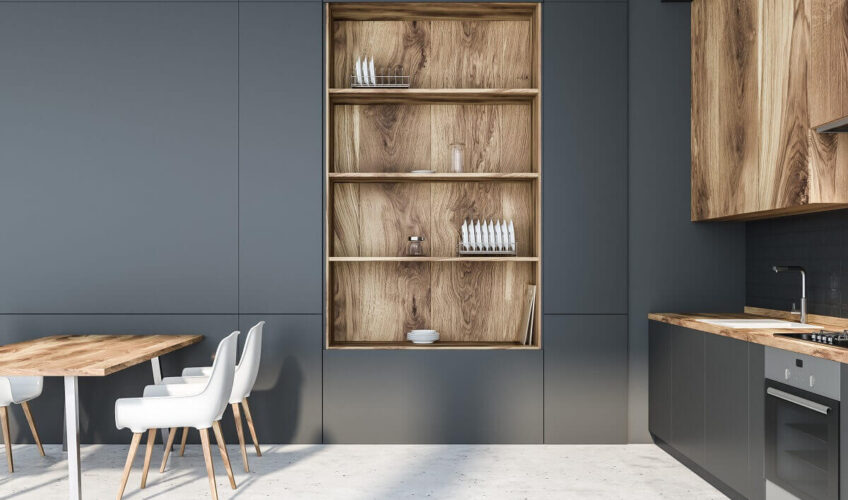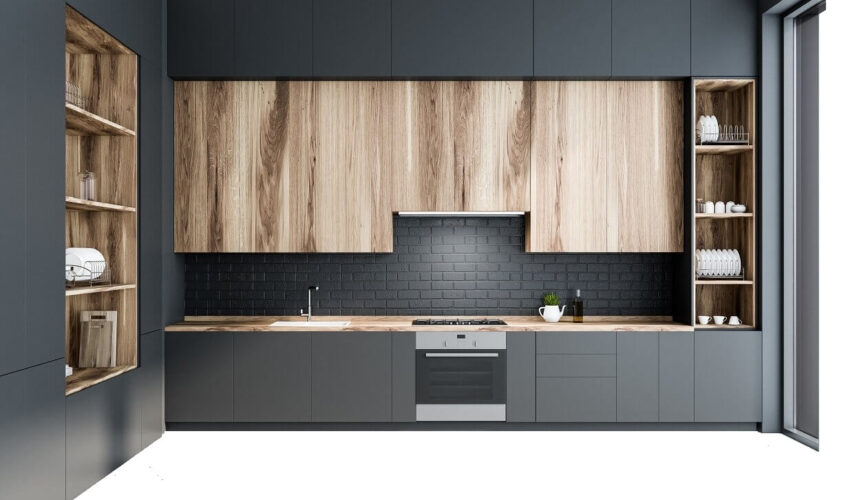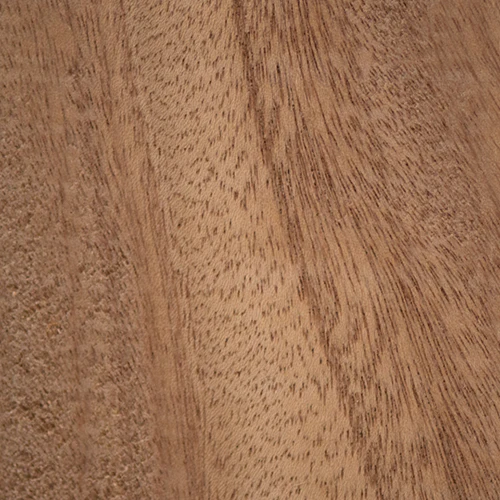
Mahogany
Product info: West tropical Africa, 100-130 ft tall, 3-5 ft trunk diameter
Applications: Veneer, Plywood, turned items, furniture, boatbuilding, and interior trim
Heartwood color is variable, ranging from a very pink to a deeper reddish brown, sometimes with streaks of medium to dark reddish brown. color tends to darken with age. Quartersawn surfaces can also exhibit a ribbon-stripe appearance.
Grain straight to interlocked, with a medium, to coarse texture. Good natural luster with a light refacing optical phenomenon known as chatoyancy.
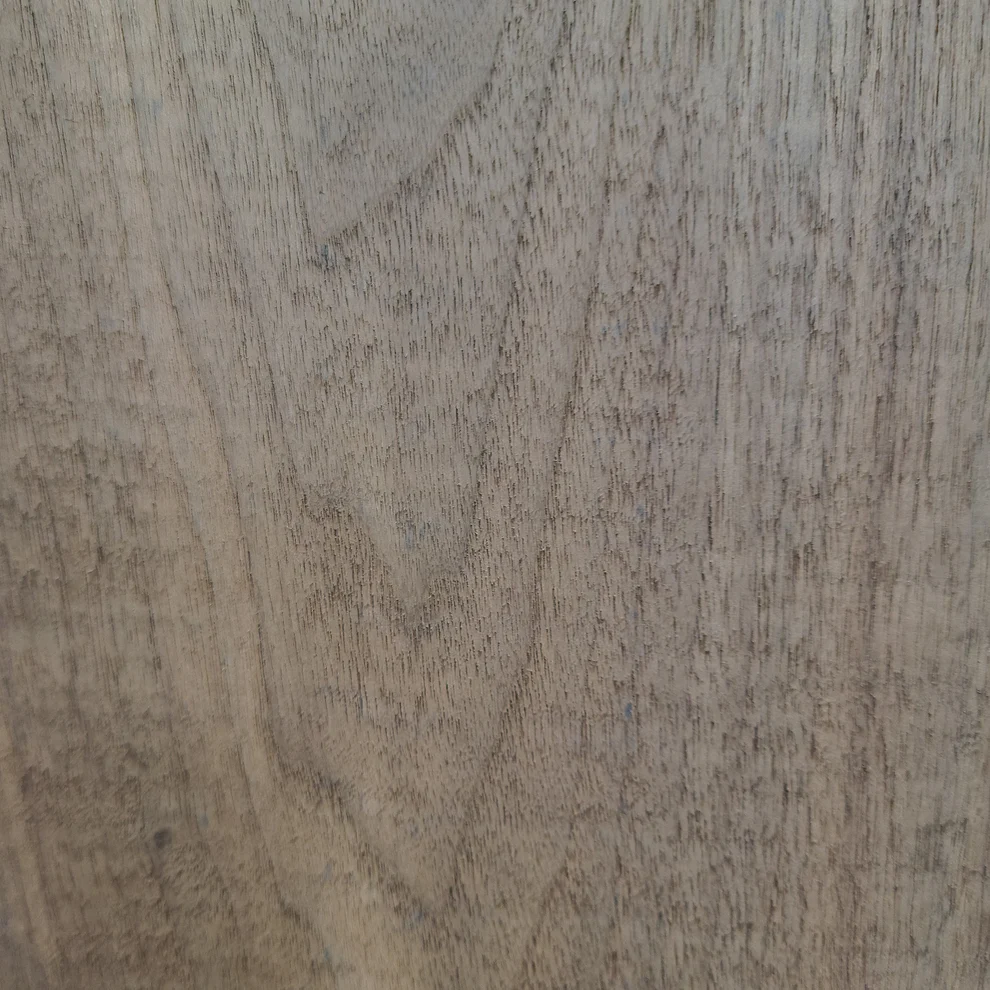
Black Walnut
Product info: Eastern United stated
Applications: Furniture, cabinetry, gunstocks, interior paneling, Veneer, turned items.
Heartwood can range from a lighter pale brown to a dark chocolate brown with darker brown streaks. Color can sometimes have a grey, purple, or reddish cast. Sapwood is pale yellow gray to nearly white. Figured grain patterns such as curl, crotch, and buri are also seen.
Grain is usually straight, but can be irregular, has a medium texture and moderate natural luster.
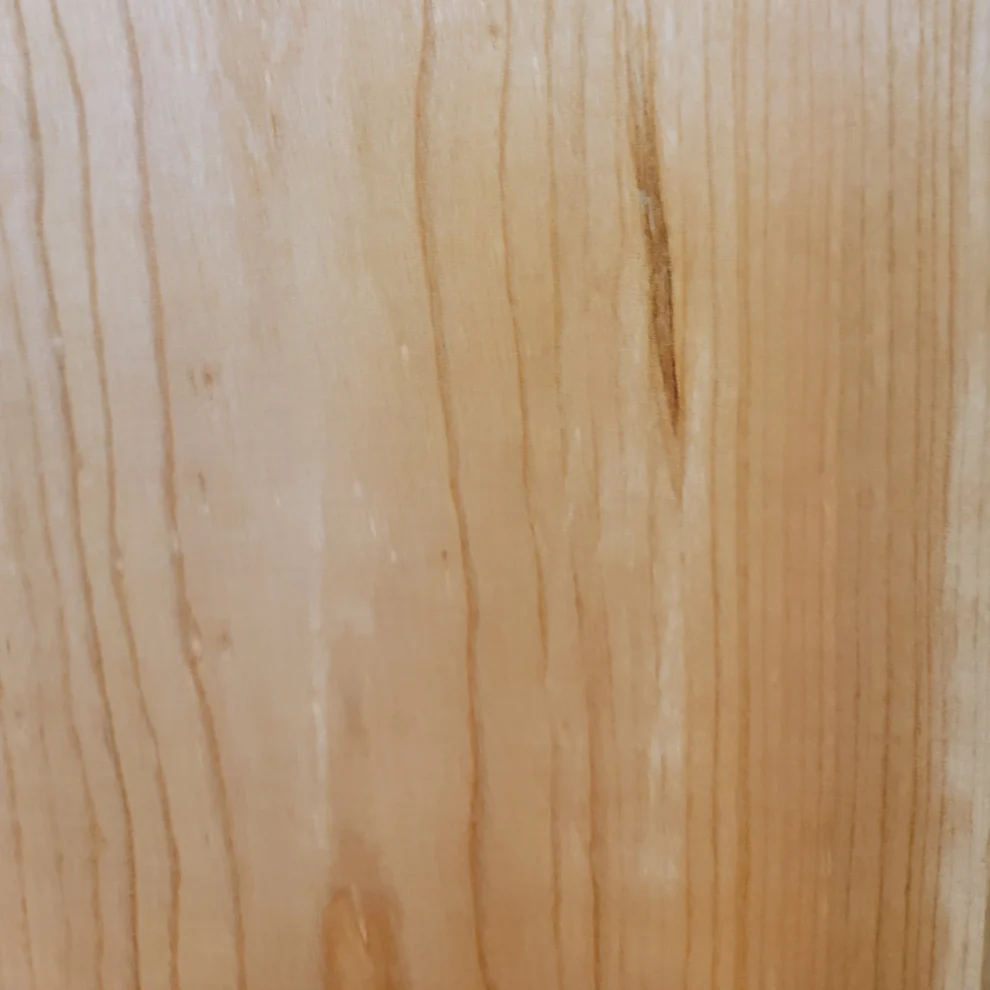
Cherry
Product info: Eastern North America, 50-100 ft tall, 3-5 ft trunk diameter
Applications: Furniture, cabinetry, gunstocks, interior paneling, Veneer, turned items.
Heartwood is a light pinkish brown when freshly cut, darkening to a deeper golden brown with time and upon exposure to light. Sapwood is a pale yellowish color.
The grain is usually straight and easy to work- with the exception of figured pieces with curly grain patten, Has a fine even texture and moderate natural luster.
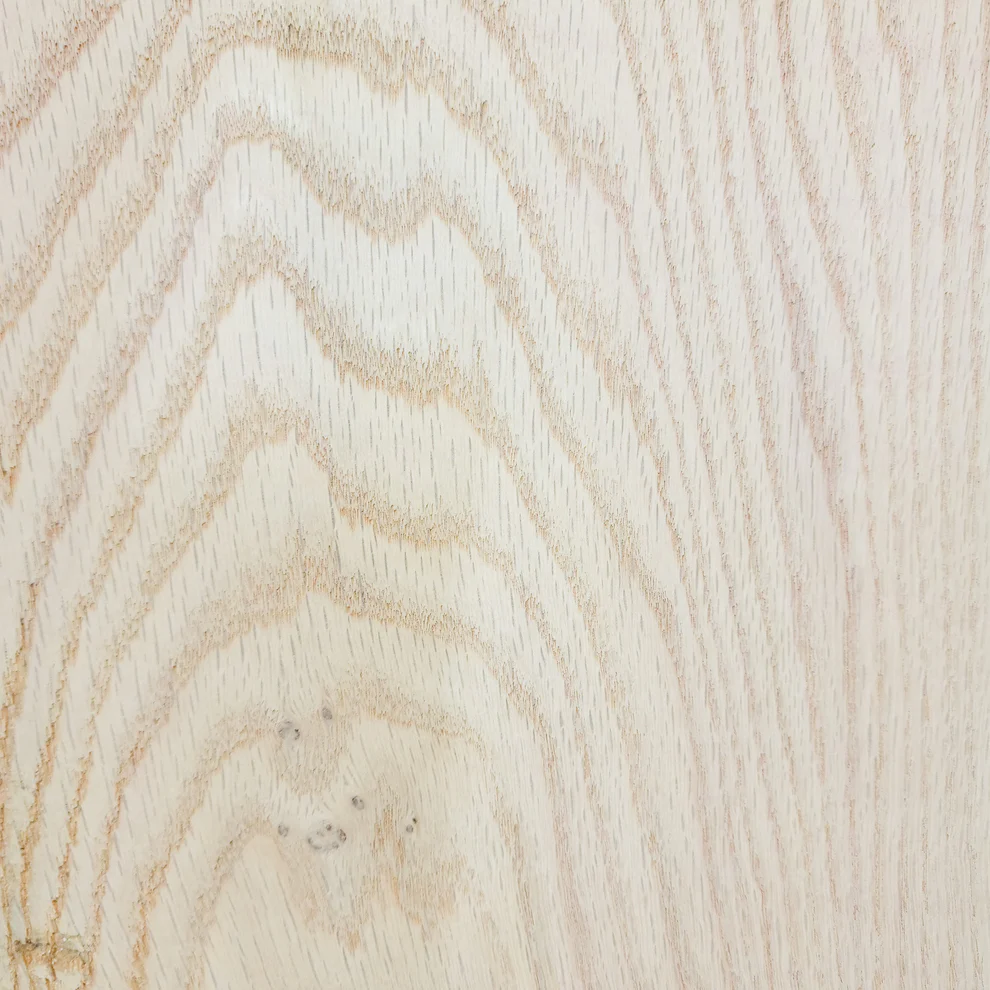
Red Oak
Product info: Northeastern United State and Southern Canada,80-115 ft tall, 3-6 ft trunk diameter
Applications: Furniture, cabinetry, , interior firm, Veneer, flooring
Heartwood is a light pinkish brown when freshly cut, darkening to a deeper golden brown with time and upon exposure to light. Sapwood is a pale yellowish color.
The grain is usually straight and easy to work- with the exception of figured pieces with curly grain patten, Has a fine even texture and moderate natural luster.
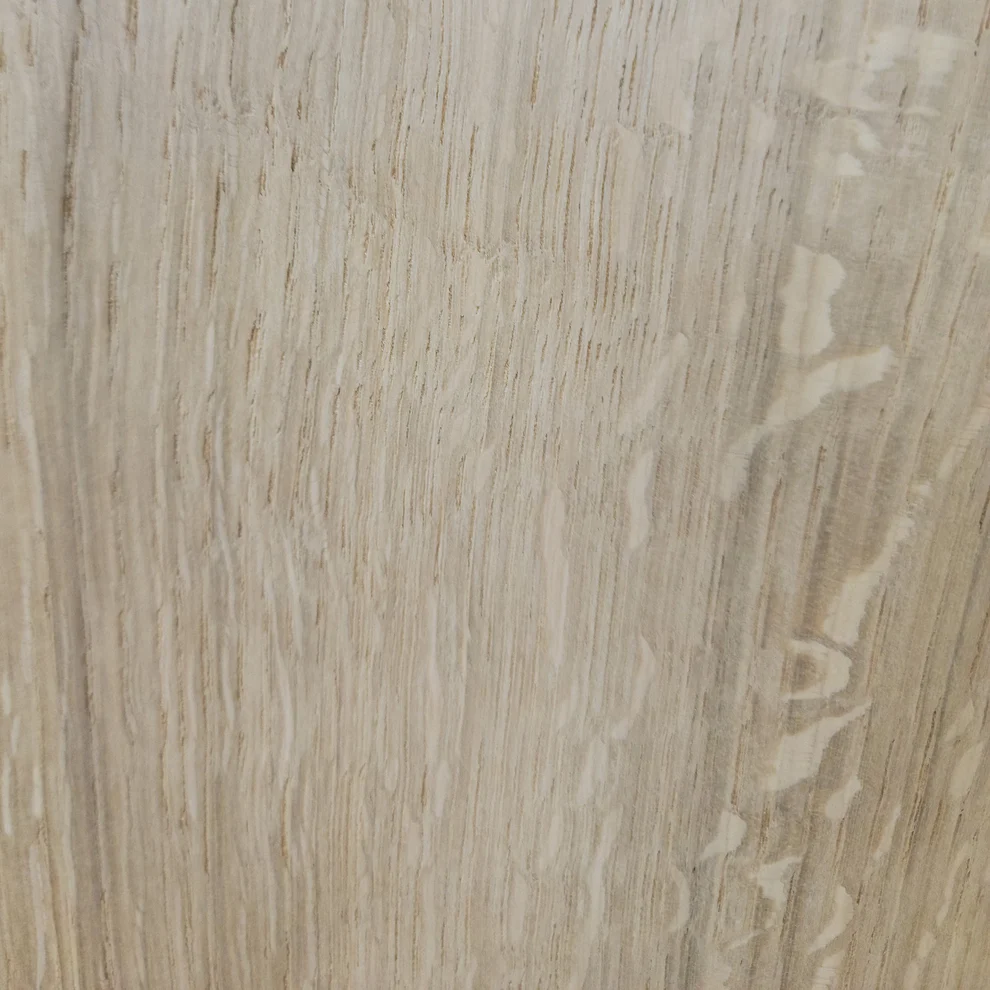
White Oak
Product info: Eastern United State , 65-85 ft tall, 3-4 ft trunk diameter
Applications: Furniture, cabinetry, , interior firm, Veneer, flooring, boatbuilding, barrels
Heartwood is a light pinkish brown when freshly cut, darkening to a deeper golden brown with time and upon exposure to light. Sapwood is a pale yellowish color.
The grain is usually straight and easy to work- with the exception of figured pieces with curly grain patten, Has a fine even texture and moderate natural luster
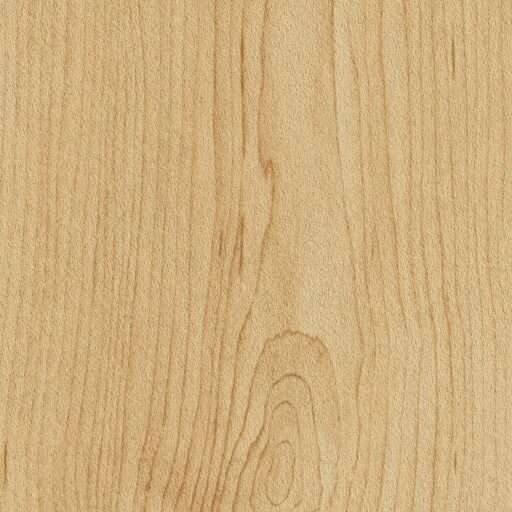
Hard Rock Maple
Product info: Northeastern North America , 80-115 ft tall, 2-3 ft trunk diameter
Applications: Furniture, cabinetry, Veneer, flooring
Hard Rock Maple (also known as Sugar Maple) is a highly valued hardwood with a creamy white to light reddish-brown heartwood, though it sometimes appears with darker streaks or highlights. The sapwood is typically pale cream or light yellow.
This wood is renowned for its straight grain, though it occasionally exhibits unique figuring such as birds eye or curly patterns, adding a decorative element to select pieces. Hard Rock Maple features a fine, even texture and a subtle natural luster, making it ideal for fine furniture, flooring, and cabinetry. Its density and hardness provide exceptional durability, making it a popular choice for heavy-use items like butcher blocks and worktops.
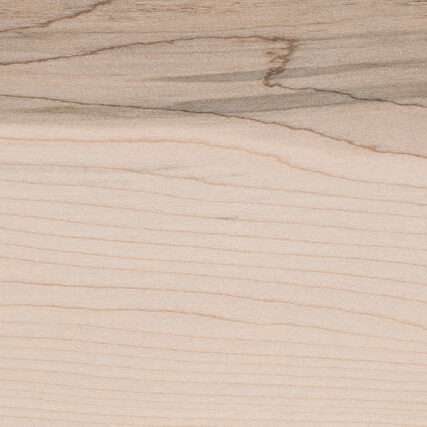
Soft Maple
Product info: Eastern United State , 80-115 ft tall, 2-3 ft trunk diameter
Applications: Paper, musical instruments, Veneer, boxes
Unlike most other hardwood, the sapwood of maple lumber is most commonly used rather than its heartwood. Sapwood color ranges from almost white, to a light golden or reddish brown, while the heartwood is darker reddish brown. Silver Maple can also be seen with curly or quilted grain patterns.
Grain is generally straight , but may be wavy. Has a fine even texture. The growth rings tend to be lighter and less distinct in Soft Maples than Hard Maple.


